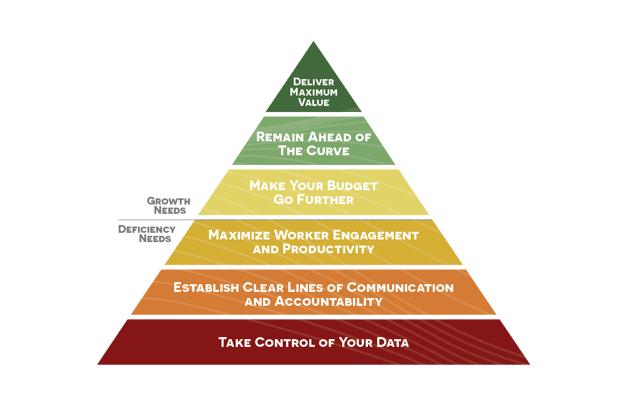Fluctuating Prices and Land Operations
Anyone who has worked in the oil and gas industry for any period of time has faced the reality that staffing levels within companies have largely coincided with the rise and fall of oil prices. When oil prices are high, companies are encouraged to maintain or increase drilling activity and production levels, leading to the perceived necessity of employing ample staff to carry out those objectives. Low commodity prices, however, lead to decreased activity, fallen revenues, and the pressure to alleviate burdens on the general and administrative (G&A) budget line, leading to layoffs.
The time between the periods of these oil price rise and fall trends, and the coinciding hiring and staff reduction actions, is contracting. Whereas past employees may have faced one to two severe industry downturns in their careers, current employees now experience these cycles every three to four years or less.
Without the need to use hyperbole, the world changed in 2020. COVID-19 dramatically altered our work environments. Most offices went to critical skeleton crews or closed entirely. Working from home was no longer just a perk that a few disrupting companies offered. It became mandatory. Almost immediately, a new phrase was adopted: “The New Normal.”
We are left to wonder, how will land departments and oil and gas operations be different moving forward?
As the oil and gas sector continues to recover, and beyond, it will do so with fewer full-time staff than it previously had. Companies will still need critical matters and operations handled, and they will supplement their workforce with consultants/contractors and technology.
There are external and internal pressures to operate at maximum efficiency at the lowest cost possible. Fortunately, innovations in technology and staffing now enable land departments to do more with less.

Intelligent Land Operations
Based on our experience working with multiple organizations large and small, we developed Intelligent Land Operations. This theory is comprised of six steps that lay out what land departments need to be doing to evolve and survive while maintaining their low G&A.
In the following installments, we will go through each step of the Intelligent Land Operations hierarchy and the actions you can take to evolve. This series is not asking you to forget everything you know about land and land administration, but it will challenge you to think differently about how common key functions have been performed. It will also provide ideas and insights to consider in order to create the most value for investors and stakeholders in any environment.
Want to explore the entire roadmap now?

Subscribe to our newsletter to get notified of the next installment.